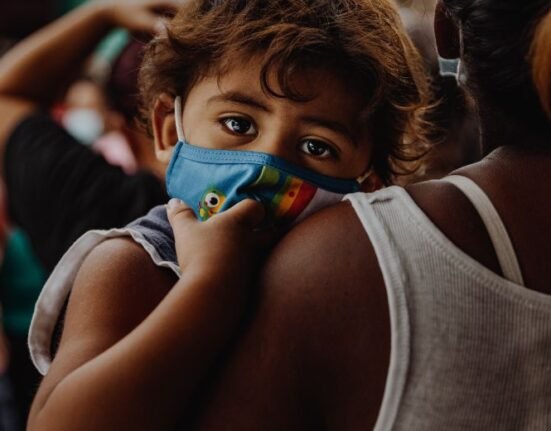HQ team
November 14, 2024: The 29th Conference of the Parties (COP29) to the United Nations Framework Convention on Climate Change (UNFCCC), held in Baku, Azerbaijan, is focusing heavily on climate finance, particularly the establishment of a New Collective Quantified Goal (NCQG). This goal aims to replace the previous commitment made under the Copenhagen Accord, where developed nations pledged to mobilize $100 billion annually by 2020 to assist developing countries in addressing climate change impacts. However, this target was only met in 2022, raising concerns about the reliability of future commitments from wealthier nations.
The discussions at COP29 have highlighted a significant gap between what is needed and what has been committed. Estimates suggest that developing countries will require $4.5 trillion annually by 2030 to meet their Sustainable Development Goals while coping with increasing climate-related damages.
Developing countries are advocating for a more substantial and equitable financial framework that not only meets their immediate needs for adaptation and mitigation but also addresses long-term climate resilience.
Demands from developing nations
At COP29, developing nations, represented primarily by groups like the Like-Minded Developing Countries (LMDCs) and the G77 and China, are pushing for a new financial target ranging from $1 trillion to $2 trillion annually, depending on the specific group’s request. For instance, India has suggested a target of $1 trillion, while Pakistan has called for $2 trillion.
There is a strong demand for climate finance to be provided as grants rather than loans, as approximately 69% of reported financial support has come in the form of loans, which increases the debt burdens on vulnerable nations.
The Loss and Damage Fund established at COP27, aims to provide financial assistance to vulnerable nations affected by climate-related disasters. However, its operationalization and funding mechanisms are still being debated.
There is a pressing need for funds to address loss and damage caused by climate change impacts, which is increasingly recognized as a crucial aspect of climate finance discussions.
Current gaps and challenges
While multilateral development banks (MDBs) have committed to increasing their collective climate financing to about $120 billion annually by 2030, including significant amounts earmarked for adaptation, this still falls short of what developing countries argue is necessary.
Moreover, many developed nations are not meeting their previous commitments. For instance, the US, Canada and Australia have reneged on their commitments. European nations’ funding is inconsistent.
Ongoing geopolitical tensions, including the Russia-Ukraine war and the Israel-Gaza conflict, could complicate negotiations and hinder progress on climate finance. The recent political turn in the US with the present government disinclined toward any global warming fears adds to the problems.
Moreover, global economic challenges, such as inflation and recession fears, could limit the fiscal space for increased climate finance commitments.
The ongoing negotiations at COP29 also reflect deep-rooted tensions between developed and developing nations regarding climate finance. Developing countries’ rejection of initial drafts indicates a lack of trust in the commitments made by wealthier nations. This skepticism is compounded by historical failures to meet financial pledges.
The proposed NCQG offers an opportunity for re-evaluation but also challenges balancing diverse interests. Developed countries advocate for a broader investment goal that includes private sector contributions while developing nations emphasize the need for direct public funding that addresses their specific vulnerabilities without imposing additional financial burdens. Ultimately, achieving meaningful progress at COP29 will require ambitious financial targets and genuine collaboration between all parties involved.








